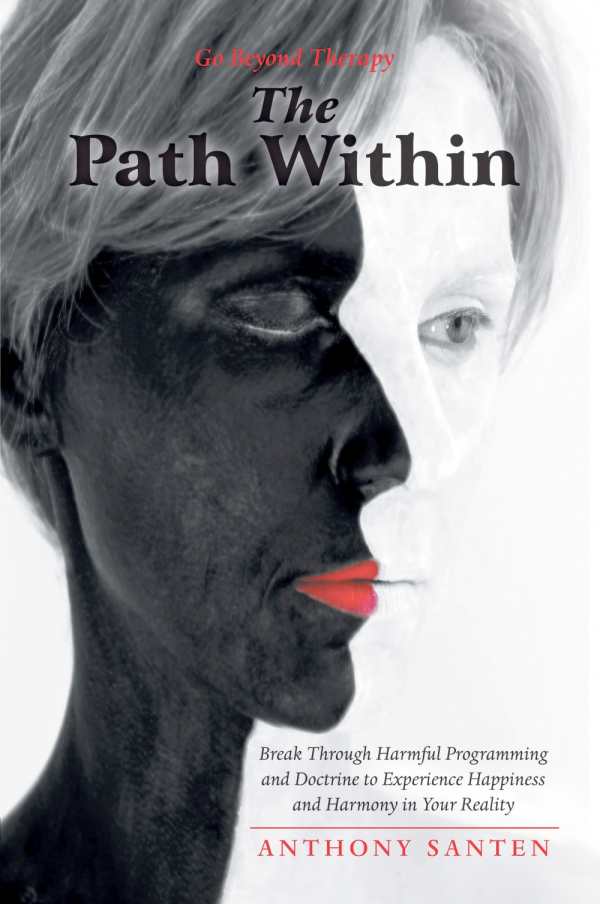The Path Within
Break through Harmful Programming and Doctrine to Experience Happiness and Harmony in Your Reality
- 2015 INDIES Finalist
- Finalist, Psychology (Adult Nonfiction)
- 2015 INDIES Finalist
- Finalist, Self-Help (Adult Nonfiction)
A life coach/counselor condenses twenty years of working with clients into this potentially transformational book.
The Path Within is both a book and a program. To be more exact, the book essentially replicates “The Path Within Program,” created by Anthony Santen to help his clients discover and develop their “authentic self.” The book is divided into three sections: section 1 is an introduction to the program, section 2 describes the “foundations and underlying logic” of the program, and section 3 lays out the program’s three “levels,” namely, “Understand, Embody, and Relate.”
Santen begins by apologizing for not being a professional writer: “If I took time to learn the ways of the author, the beautiful prose, the amazing wit, the deep and gritty point and the book world, this book would be delayed and its message and teachings lost for another decade.” It turns out, however, that he has nothing to apologize for, because The Path Within is for the most part expressive and well-organized, in addition to being highly informative. The book views the individual in uplifting terms and conveys positive, reassuring messages. For example, when it comes to the kind of fear that might paralyze, Santen advises, “The solution is to observe our fears without letting them take over our whole awareness and energy that is needed to proceed.” About anger, he writes, “If you want to become less angry, focus on finding the solution.” “Depression,” says Santen, “is a natural healing response of the mind.”
There is an underlying challenge, however, both in digesting the content and putting it to use. The text ranges from lofty philosophical concepts to the highly detailed workings of brain science. This content certainly has value, but it may be too much for the average reader to swallow unless bitten off in very small chunks. In fairness, Santen does advise the reader “to take your time absorbing the material.” The larger issue is whether readers will have the self-discipline to follow the program outlined in section 3 of the book. Here, the three program levels are described in detail, and numerous “homework” exercises are included. While the author does an excellent job of leading the reader through the program levels, completing the exercises and understanding their implications might be difficult without the benefit of a face-to-face session with a counselor. For some, this aspect of the book could be daunting.
In terms of book design, the type is easy to read, and the text is divided into manageable sections with the use of bold subheads. While the cover image is striking, it is a bit eerie and may be unsettling to some readers. An extensive bibliography is included, and the author offers web links to “audio meditations” that accompany the text.
Even if the program described in the book may be difficult for some to implement without guidance, one cannot help but admire the author for the effort and knowledge that went into writing The Path Within.
Reviewed by
Barry Silverstein
Disclosure: This article is not an endorsement, but a review. The publisher of this book provided free copies of the book and paid a small fee to have their book reviewed by a professional reviewer. Foreword Reviews and Clarion Reviews make no guarantee that the publisher will receive a positive review. Foreword Magazine, Inc. is disclosing this in accordance with the Federal Trade Commission’s 16 CFR, Part 255.

